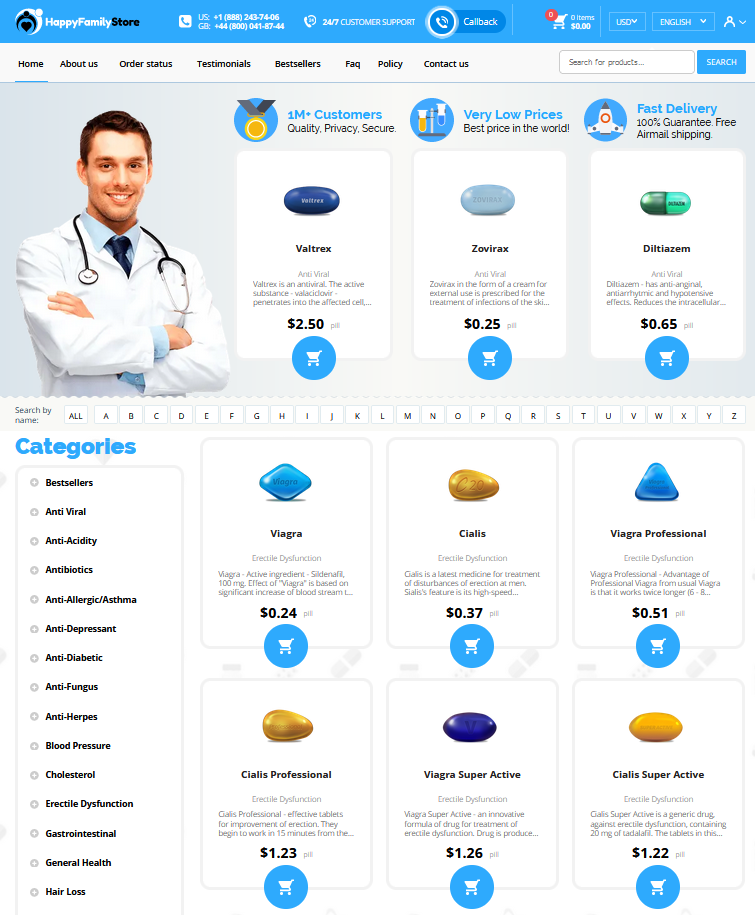
 Can Symbicort Improve Your Quality of Life?
Can Symbicort Improve Your Quality of Life?
Understanding How Symbicort Works in the Body
Symbicort is a powerful medication composed of two active ingredients: budesonide and formoterol. Budesonide, a corticosteroid, works by reducing inflammation in the airways, thereby helping prevent asthma and COPD symptoms. Formoterol, a long-acting beta-agonist, relaxes the muscles around the airways to facilitate easier breathing. Together, these components provide a dual-action approach, both opening the air passages and maintaining them over time.
The following table illustrates Symbicort's dual mechanism of action:
| Component | Function |
|---|---|
| Budesonide | Reduces inflammation in airways |
| Formoterol | Relaxes airway muscles |
By addressing both inflammation and airway constriction, Symbicort offers comprehensive management for individuals suffering from chronic respiratory issues. This synergy makes it an essential tool in managing respiratory conditions effectively over both the short and long term.
Exploring the Benefits for Respiratory Health

Symbicort, a combination inhaler, works by delivering both a corticosteroid and a long-acting beta-agonist to the lungs. This duo effectively reduces inflammation and relaxes the muscles around the airways, leading to improved breathing. By targeting the root causes of respiratory distress, Symbicort aids in reducing flare-ups and maintaining better lung function.
Patients often experience fewer symptoms such as coughing and shortness of breath, allowing for more active, fulfilling lives. This increase in respiratory efficiency not only helps manage chronic conditions but also supports the ability to partake in daily activities with greater ease and comfort.
Furthermore, Symbicort can substantially reduce the frequency of emergency room visits related to respiratory issues. This reduction in acute episodes translates to a more consistent daily routine and less psychological stress associated with breathing difficulties. Consequently, patients are given a greater sense of control over their health, fostering an improved overall quality of life.
Symbicort's Role in Managing Asthma Symptoms
Arming asthma sufferers with a powerful ally, Symbicort combines budesonide, a corticosteroid, and formoterol, a long-acting beta-agonist, to proactively tackle inflammation and bronchoconstriction—key culprits in asthma's disruptive cycle. By mitigating airway swelling and preventing bronchospasm, this inhaler not only reduces the frequency of exacerbations but also improves overall breathing efficiency.
In everyday life, incorporating Symbicort can mean fewer interruptions from wheezing and coughing, allowing individuals to engage more freely in their daily pursuits. Over time, consistency in use helps consolidate control over persistent symptoms, enabling patients to partake in physical activities with renewed confidence. For many, this translates to an upgraded lifestyle where asthma is no longer a daily obstacle.
Quality of Life Improvements for Copd Patients

Breathing effortlessly is something many individuals with COPD long for. Symbicort, a combination inhaler, offers a pathway to this dream. By delivering budesonide and formoterol, Symbicort works to reduce inflammation and open airways, addressing both the chronic and acute symptoms of COPD. For many, this means fewer exacerbations and a significant decrease in daily symptoms.
The impact of Symbicort on daily activities can be transformative. Patients often find themselves more capable of engaging in activities they had previously avoided. Whether it's taking a leisure stroll or simply climbing a flight of stairs, the freedom to breathe easier can provide a renewed sense of independence.
Moreover, the psychological benefits are equally profound. Reduced anxiety about breathing difficulties often leads to improved mental well-being, fostering a better social life and greater connection with loved ones. This holistic improvement often translates into a better quality of life for those navigating the complexities of COPD.
Real Stories: Patients Sharing Their Symbicort Experiences
Jessica, a mother of two, shares that Symbicort enabled her to actively participate in family activities without the constant fear of an asthma attack. Similarly, Mark, who struggled with COPD, found significant improvement in his breathing, allowing him to enjoy daily walks that were once impossible. These personal accounts highlight how Symbicort not only alleviates symptoms but also enhances quality of life. Hearing diverse experiences can provide reassurance to others coping with similar respiratory challenges.
| Patient | Condition | Outcome |
|---|---|---|
| Jessica | Asthma | Active family participation |
| Mark | COPD | Improved breathing and daily activities |
Practical Tips for Incorporating Symbicort into Daily Routine
Integrating Symbicort into your daily routine can be seamless with a few strategic steps. First, establish a consistent time for taking your medication each day, pairing it with daily activities like brushing your teeth or having breakfast to ensure you never miss a dose. Using a smartphone app or setting a reminder alarm can further assist in maintaining regularity. Moreover, keeping your inhaler in a visible location serves as both a cue and a quick access point — whether it's by your bedside, in a purse, or a dedicated spot in your home.
Engage with your healthcare provider to understand any specific instructions tailored to your needs. Discuss the appropriate inhalation techniques to maximize the medication's effectiveness. Record your symptoms and progress in a diary or an app, enabling insightful discussions during follow-ups. This not only supports symptom management but also enhances communication with your doctor. By weaving these practices into your day, you can experience the full benefits that Symbicort offers, leading to enhanced respiratory health and an improved quality of life. For more detailed information about Symbicort, consider exploring this comprehensive study and this article from the Journal of Allergy and Clinical Immunology.
New Patient Special
"*" indicates required fields